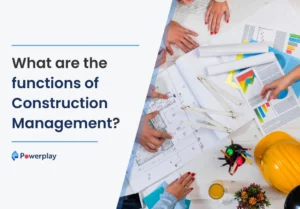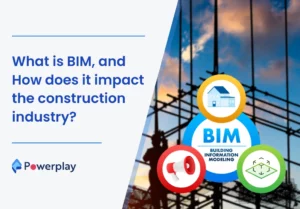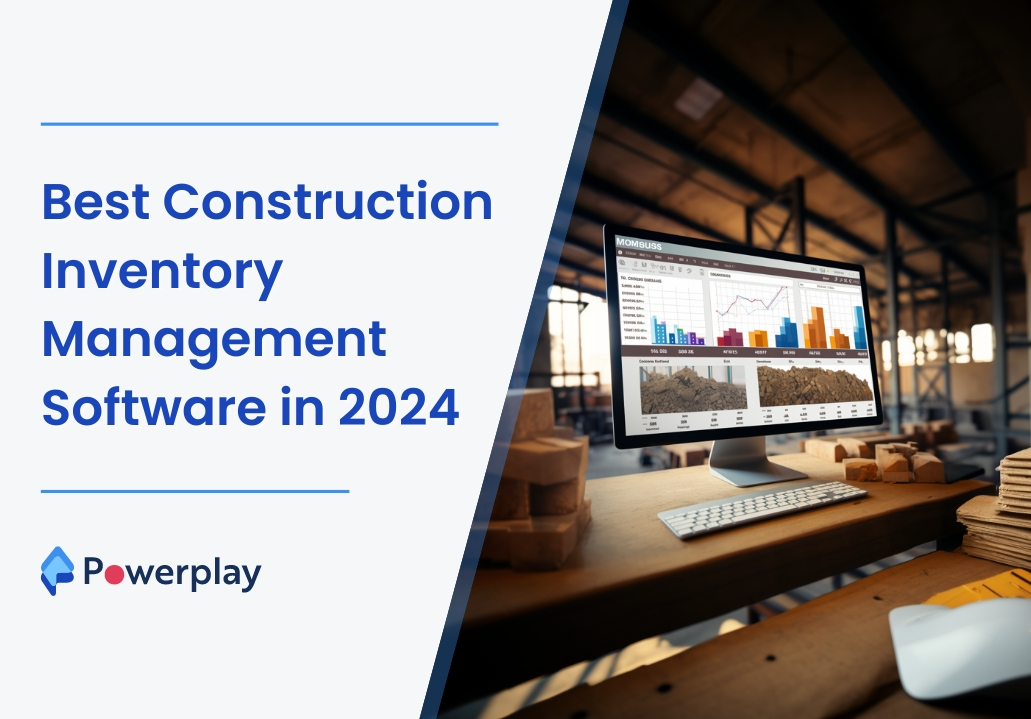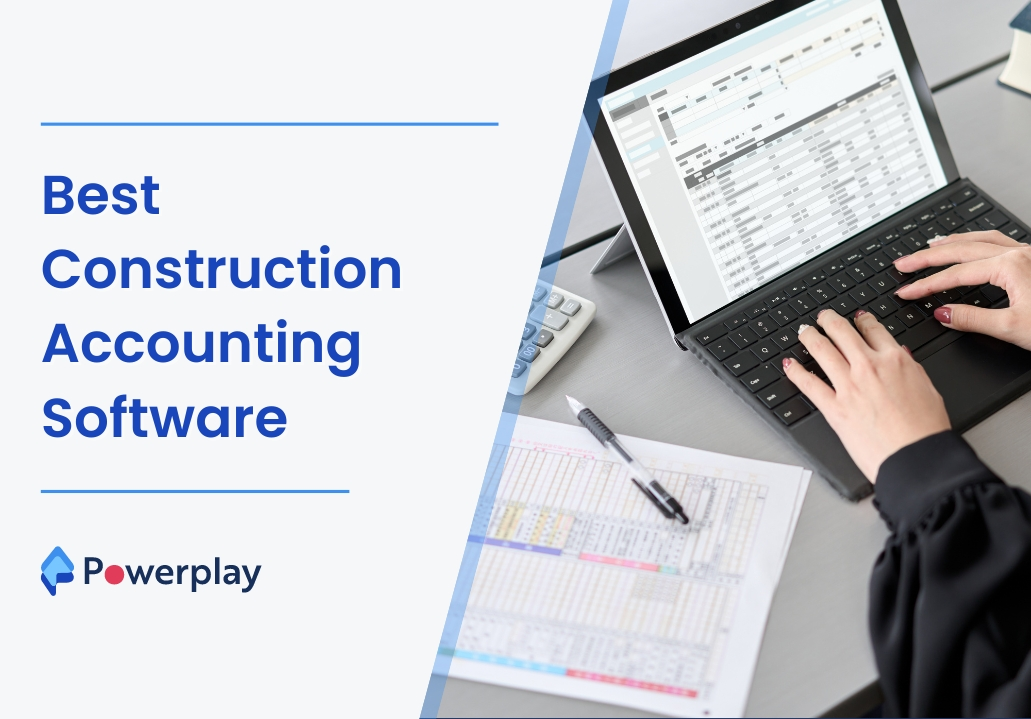What is Construction Management?
-
Kumar Abhishek Anand
- October 12, 2023
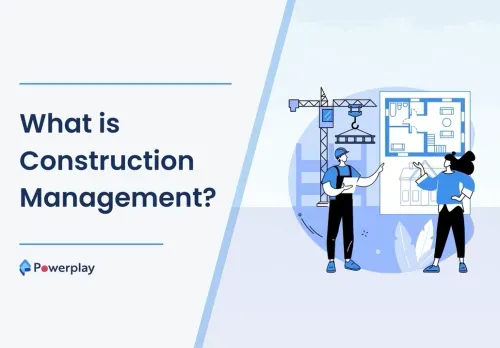
Construction management(CM), also known as construction project management involves the overall planning, coordination and control of a construction project from the beginning to its completion. Construction project management involves a list of steps, which requires knowledge in many different areas like finance, mediation, law, business, and more.
As stated by the Construction Management Association of America(CMAA), “Construction Management is a professional service that provides a project’s owner(s) with effective management of the project’s schedule, cost, quality, safety, scope, and function. Construction management works for all project delivery methods. No matter the setting, a Construction Manager’s responsibility is to the owner and a successful project.”
Construction management involves expert managerial methodologies that provide a clear and elaborated vision to the project team about how the project needs to be executed efficiently. Controlling budgets, adopting cost-saving ideas, risk mitigation and ensuring smooth communication also comes under construction management.
A construction management team knows how to manage a construction project at every step. They ensure that the project advances as smoothly as possible based on the time and resources available in line with the project objectives. This way, the client’s best interests are taken care of without compromising the quality of the project.
Table of Contents
ToggleImportance of Construction Management
Construction management is essential for any project due to the following reasons:
1. Construction Management increases the probability of a project getting successfully completed, benefitting the client or business owners. It ensures timely completion within the stipulated budget and without any financial or legal complications.
2. Construction management optimizes the best industry practices, controls project effectively, maintains transparency and allows careful and quick decision making.
3. Construction management is crucial for larger projects that have more complex variables that need to be managed. These projects are prone to delays and cost overruns if they are not managed effectively.
4. Unexpected problems increasing the risks related to a project can damage the entire project in the absence of a construction management process.
5. Construction management avoids confusion related to project activities and processes and establishes proper accountability for every minor activity.
Stages of Construction Management
To complete a construction project Project Management Body Of Knowledge from Project Management Institute has set up distinct stages for specific completion of work which takes care that every particular task is carried out properly so it adds to the advancement of the project correctly.

There are typically 5 stages of construction project management that are:
1. Initiation
Define project goals
Create a business case
Complete the project charter
Draw up the list of stakeholders
2. Planning
Define scope
Create a project plan
Set a budget baseline
Define roles and responsibilities
3. Execution
Allocate project resources
Manage project resources
Build the product or process
Meet often and fix the issues as they arise
4. Monitoring and control
Track effort and cost
Monitor project progress
Ensure adherence to plan
Prevent any chance of disruption
5. Completion
Handover deliverables
Review project deliverables
Get project results approved
Document project learnings
1. Initiation
A project begins by formulating an idea into a strategy to accomplish a set of objectives. The project objectives are established in a way that it is possible to achieve them in the framework of the project. Special care is needed while ensuring that the duration to accomplish the project objectives is planned and realistic.

When an idea originates, the research work to formulate the resources required and the procurement of resources is carried out. The business idea is kept in front of the board members and the business opportunity is explained. A project charter is maintained where each detail of the project, financial aspects, hiring of project manager, duration. Prominent stakeholders in the project are allocated appropriate designations in the project.
Good communication between the project designer, project manager, and the stakeholders improves every notable stakeholder’s knowledge of the project and assists in resolving difficulties effortlessly. Contract documents, design schematics, and feasibility are the three crucial aspects of the project design which require efficient management.
2. Planning
Planning is the most crucial phase of construction management in which every minor detail of the project process is planned. Each technicality is looked at closely, a working map is drafted, a work schedule is designed and regular meetings are scheduled to discuss project execution and progress.

Setbacks to the project development are looked into by concerned personnel. Solutions are worked upon while planning for the project is on. Testing systems to check the quality of the project is installed on the project site. Other successive steps in planning include project planning, scheduling, examining for any unexpected situation at the site, gathering materials, selecting a construction project management software, and forming a project team and worker base.
The construction project team comprises construction workers categorized into mason, housekeeping, plumbers, carpenters, painters, and logistics workers. Also, safety in-charge, storekeeper, electrician, foreman, and construction expeditors are members of the construction project team headed by the job supervisor.
Goals set should be smartly analyzed by the project manager as it helps in reducing risk and makes it realistic and achievable. Stakeholders should be kept accountable for changes being made in the project as it increases communication and also discards any short confusion which could delay the project.
3. Execution
With all the planning done, materials acquired, machinery set up, blueprints made and work team selected comes the real job of executing the plans made on paper. A lot of effort is required to keep up the execution on the ground parallel with the planning.

Exceptional efforts, good communication and planning with workers are also necessary to keep the project on track. Concerning plans, the project manager acts as the most crucial bridge between the workers and the planning commission. Risk assessment before executing a plan is necessary as it diminishes the chances of mistakes and unforeseen problems. Even if some issues do occur, the risk assessment team comes up with an instant solution.
On-ground construction works are done simultaneously because of which one construction team has to wait for the other team to complete their project activities. It leads to a waste of time and resources and can increase the project expense or even push the deadline for completion. Poor scheduling is mainly responsible for such delays, so proper scheduling must be done before the project execution.
4. Monitoring and control
Construction Project execution requires close monitoring control to execute it effectively. Therefore, ensure that the execution stage and monitoring stage run parallel to each other.

The importance of monitoring and control is evident from the fact that even a slight mistake or error at a construction site can be expensive. If not stopped within its limits, it can affect the tasks in line as errors at construction sites are almost irreversible.
Monitoring the project gives a clear view of the project’s progress and assists in sticking to the proposed schedule and restricts extra costs. It also allows us to keep track of the project and document it for assistance in future projects.
5. Completion
The completion or wrap-up phase is the final stage of a project. In this phase, the project manager successfully delivers the project to the owner with all terms and conditions specified. Activities like final bill clearance, contract termination with companies or personnel hired for the specific work in the project, documentation of the whole project for future references, and preparation of closeout documents like manuals and stipulated warranties, are the major constituents of this stage.
Finally, a detailed review of the project discussing the challenges faced during the project’s progress is carried out and the project is handed over to the owner.
Construction Management Approaches
Every construction management approach has its own set of rules, practices, processes and principles that can be the best fit for a particular type of project. Each project can be executed with one or more project management approaches depending on their suitability.
Now, countless management approaches can be employed for construction projects but we will be focusing on four of those that are the best and most frequently used in the industry. The four commonly used construction project management approaches are:
01 – Agile Project Management
02 – Lean Project Management
03 – Waterfall Project Management
04 – Critical Path Project Management
01 – Agile Project Management
Agile is one of the most widely used projects management approaches and is ideal for essentially repetitive and progressive construction projects. This methodology involves the development of project requirements and solutions through collaboration between organized functional teams and customers.

02 – Lean Project Management
The Lean Project Management (LPM) approach is inherited from a lean manufacturing method that focuses on optimizing production while reducing waste. This approach aims to maximize customer value by reducing the amount of waste generated.

This project management approach was adopted by the Japanese manufacturing industry, where it is worthwhile to eliminate waste, resulting in improved product and process quality, and ultimately reduced production time and costs. However, this approach can also be used by other companies that want to transform the way they do business independently of manufacturing management.
Lean project management manages projects by identifying three types of waste called 3Ms: Muda, Mura and Muri(Japanese terms).
I – Muda
In this management style, Muda signifies eliminating waste and referring to a task that is not valuable for the project. The task or process can be something that is a waste of resources or physical time, and these wastes can be categorized into seven original waste sources – unnecessary transport operations, work in progress(WIP) inventory, useless motion, waiting for a machine or dependant tasks, overproduction, overprocessing and defects.
II – Mura
The Mura style eliminates workflow process deviations in the early stages of planning and operation, ensuring smooth project progress. In other words, this type of management approach helps organize the project flow so that each team has enough time and resources to complete the task without spending time on other planned tasks.
This type of project management style aims to reduce the extra resources used for inefficient timing and planning at the start of the project itself. The optimized and planned use of resources eliminates the need for extra resources that are consumed from other operations or ordered individually.
III – Muri
Muri is a very crucial aspect of this management approach because it removes and balances overload on employees to avoid slowing down project progress. This type of work-load balancing on employees is needed when clients and project managers impose pointless stress on employees and project operations due to other reasons such as poor management, uncertain work methodologies and use of wrong tools and utilities.
03 – Waterfall Project Management
The waterfall project management approach is one of the traditional methodologies that presents a linear, continuous design approach that can represent the progress of a project as a downward flowing waterfall. Originally developed for the manufacturing and construction industries, this approach has become very expensive due to the inflexibility of design changes in the early stages of project development brought about by the structured physical environment.

04 – Critical Path Project Management
Critical path project management is one of the traditional construction project management methods still commonly used today. This approach to project management takes into account even small activities that have a significant impact on the overall project. By simply looking at the management process, the project manager can determine the priorities of tasks and possible failures throughout the project.

Share
Kumar is a digital content professional with more than 2 years of experience in Blog writing, copywriting and scripting. His passion lies in the art of creating convincing content that plays a major role in converting leads for SAAS businesses.
